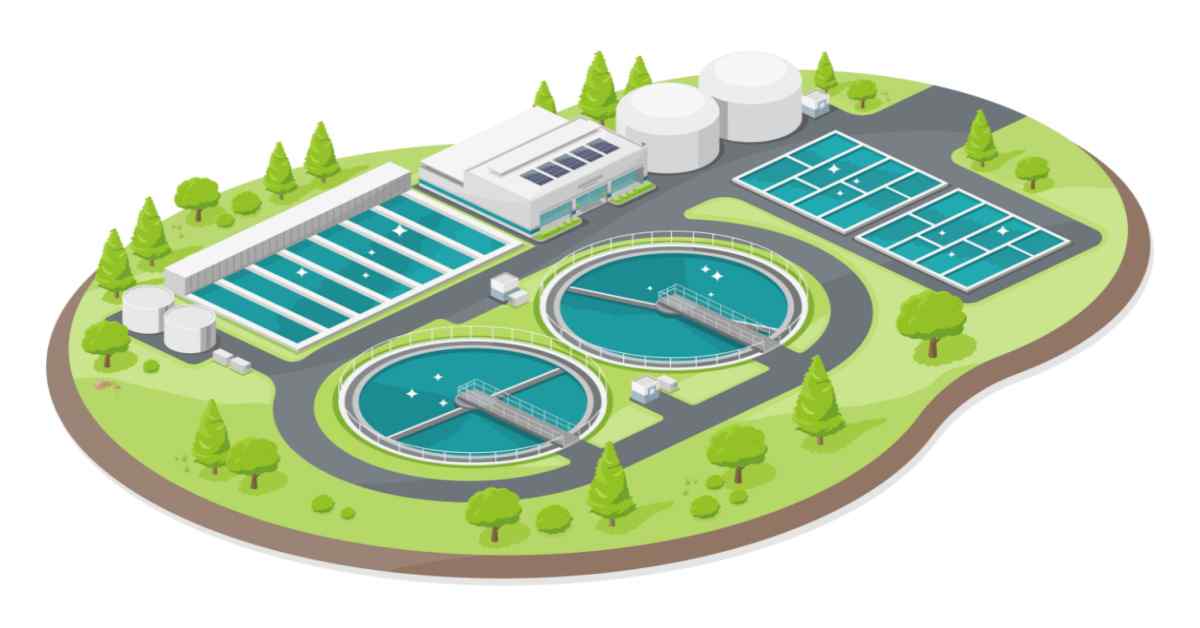The Link Between Wastewater Management and Public Health
The Link Between Wastewater Management and Public Health
Blog Article
Recognizing Wastewater Therapy Processes and Their Environmental Impact
The details of wastewater therapy procedures play a crucial duty in mitigating ecological obstacles connected with water contamination. Each stage, from preliminary to innovative therapies, is made to address certain pollutants, ultimately securing both public health and wellness and aquatic environments.
Introduction of Wastewater Treatment
How is wastewater transformed right into a risk-free resource for the environment? Wastewater treatment is a critical procedure made to eliminate contaminants from used water, therefore securing public health and wellness and protecting ecological communities. This procedure begins with the collection of wastewater from domestic, commercial, and industrial sources, which is after that guided to treatment centers.
At these centers, numerous physical, chemical, and biological methods are used to treat the wastewater. First screening removes huge particles, adhered to by sedimentation to separate larger solids. Consequently, biological therapies, such as activated sludge procedures, utilize bacteria to damage down natural issue. These methods not just minimize pollutant degrees but likewise facilitate the healing of important nutrients.
The treated effluent can be safely released right into natural water bodies or recycled for watering and industrial functions, advertising resource conservation. Furthermore, the therapy process produces biosolids, which can be repurposed as plant foods or soil changes, better enhancing sustainability.
Stages of Treatment Procedures
The wastewater therapy process commonly is composed of three main stages: preliminary, primary, and additional treatment. Each phase offers a distinct function in lowering the toxin load and making sure the effluent fulfills ecological standards before discharge.

The main therapy phase concentrates on the physical splitting up of put on hold solids from the wastewater. With sedimentation, much heavier bits clear up at the end of sedimentation storage tanks, developing sludge, while lighter products, such as oils and oils, float to the surface and are skimmed off. This procedure significantly reduces the organic and inorganic lots in the wastewater.
Second therapy is an organic process focused on further reducing the concentration of raw material. Different techniques, including turned on sludge systems and flowing filters, make use of microbes to metabolize organic pollutants. This stage is essential for attaining the essential biochemical oxygen need (FIGURE) decrease, eventually leading to cleaner effluent all set for discharge or more therapy. Each stage is essential in guarding ecological and public wellness.

Advanced Therapy Technologies
Following the second treatment procedures, advanced therapy technologies play a crucial role in more improving the quality of treated wastewater. These modern technologies are developed to get rid of residual pollutants that are not effectively gotten rid of throughout main and second treatments, making certain the effluent meets rigid governing standards.
Among the extensively utilized sophisticated therapy techniques are membrane filtering, reverse osmosis, and progressed oxidation procedures. Membrane filtration, including microfiltration and ultrafiltration, is reliable in dividing fine bits, virus, and colloids from the water (Wastewater). Reverse osmosis utilizes semi-permeable membranes to get rid of liquified solids, causing top quality water appropriate for numerous applications
Advanced oxidation procedures (AOPs) use strong oxidants to deteriorate natural toxins, consisting of pharmaceuticals and personal care products that are resistant to traditional treatment. These techniques boost the biodegradability of intricate compounds, facilitating their removal.
Another significant innovation is the use of biological nutrient removal processes, which particularly target nitrogen and phosphorus, you could check here stopping eutrophication in obtaining water bodies. In general, advanced treatment modern technologies are essential for attaining higher degrees of purification, promoting water reuse, resource and safeguarding public health while dealing with the challenges related to wastewater management.
Ecological Advantages of Therapy
Many ecological advantages develop from reliable wastewater therapy processes that contribute to ecosystem health and sustainability. Largely, these procedures dramatically minimize the release of harmful pollutants right into natural water bodies, which aids keep water ecological communities. By getting rid of pollutants such as heavy metals, nutrients, and pathogens, dealt with wastewater mitigates the danger of waterborne conditions and advertises biodiversity in marine environments.
In addition, wastewater therapy centers frequently use sophisticated technologies that make it possible for water recycling and reuse. This method not only preserves freshwater sources yet likewise reduces the need on natural water products. Improved nutrient removal from wastewater can also stop eutrophication, a process that causes algal flowers and succeeding oxygen deficiency in water systems.
Additionally, reliable treatment procedures can minimize greenhouse gas discharges, specifically methane and nitrous oxide, which are commonly released throughout neglected wastewater disintegration. By capturing and using biogas from anaerobic digesters, centers can convert waste into renewable resource, consequently adding to a decrease in nonrenewable fuel source dependence.
Challenges and Future Patterns
While the ecological benefits of wastewater treatment are clear, numerous obstacles persist that impede optimal end results in this field. One major concern is maturing infrastructure, which typically brings about inefficiencies and boosted functional prices - Wastewater. Many treatment plants were developed years visite site earlier, and their capacities do not align with modern demands, which consist of more stringent governing standards and higher volumes of wastewater because of urbanization
Looking in advance, there is a growing emphasis on source recuperation and circular economic climate principles within wastewater therapy. Developments such as anaerobic digestion, which can generate biogas, and advanced filtration modern technologies are acquiring traction. These approaches not just enhance therapy effectiveness yet additionally promote sustainability.
Inevitably, dealing with these challenges needs collaboration amongst stakeholders, investment in technology, and a dedication to recurring research study. By welcoming these patterns, the wastewater therapy industry can advance to satisfy the needs of an altering atmosphere and culture.
Final Thought
In conclusion, wastewater treatment processes play an essential role in enhancing ecological quality and public health. The multi-stage treatment framework, coupled with sophisticated innovations, successfully minimizes air pollution and promotes sustainable water management.
Report this page